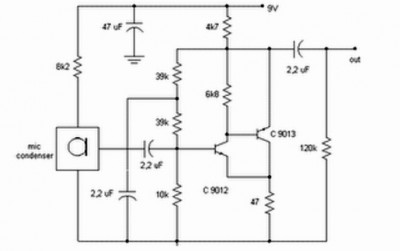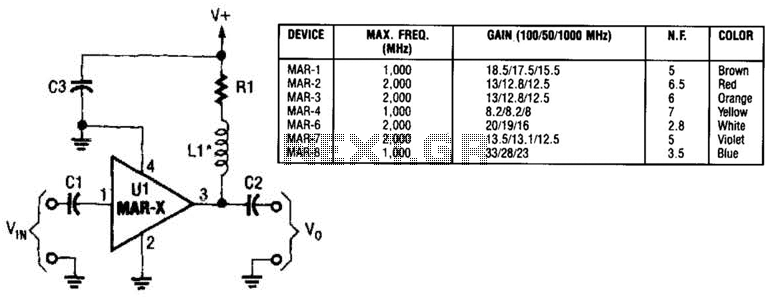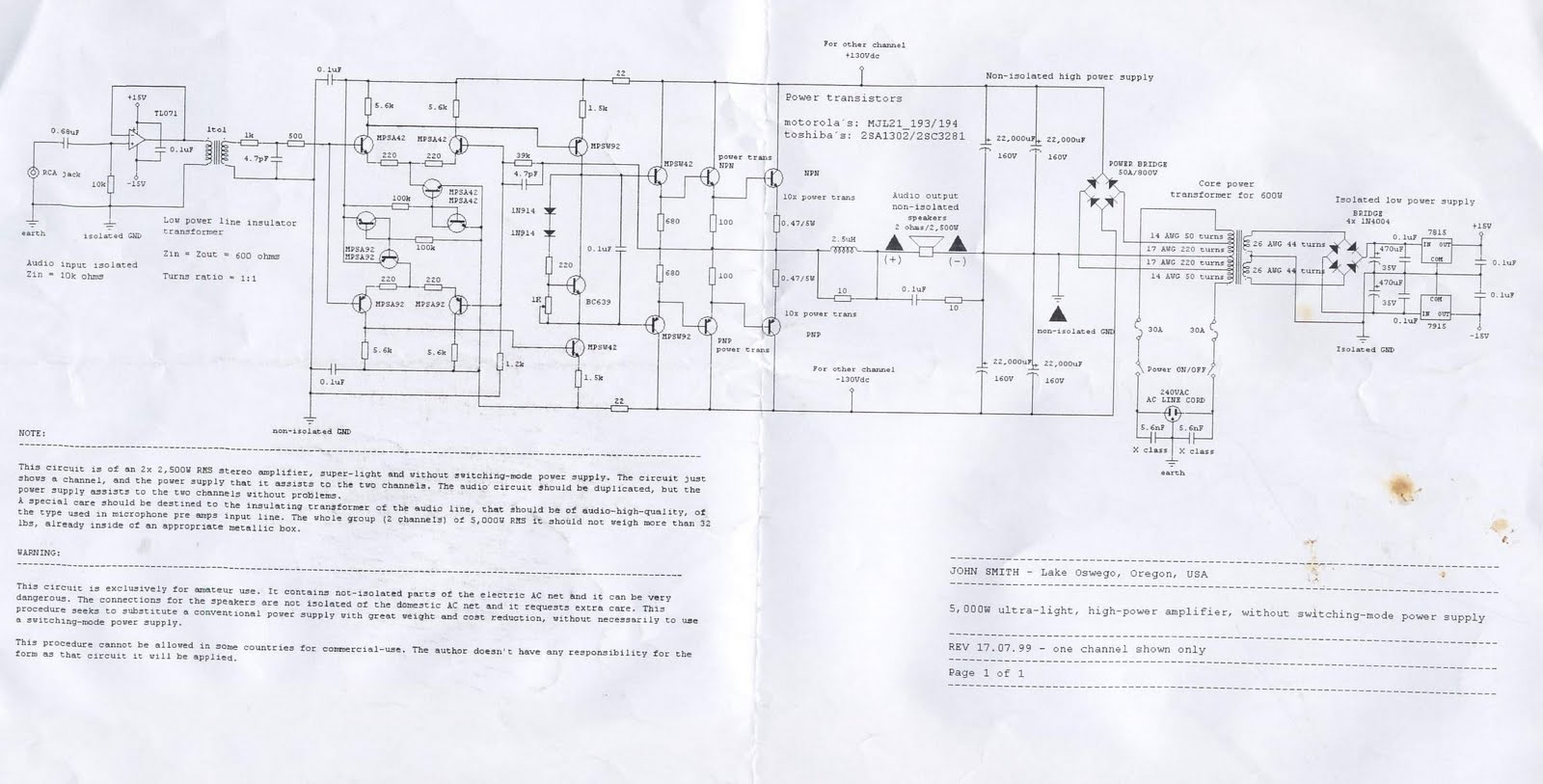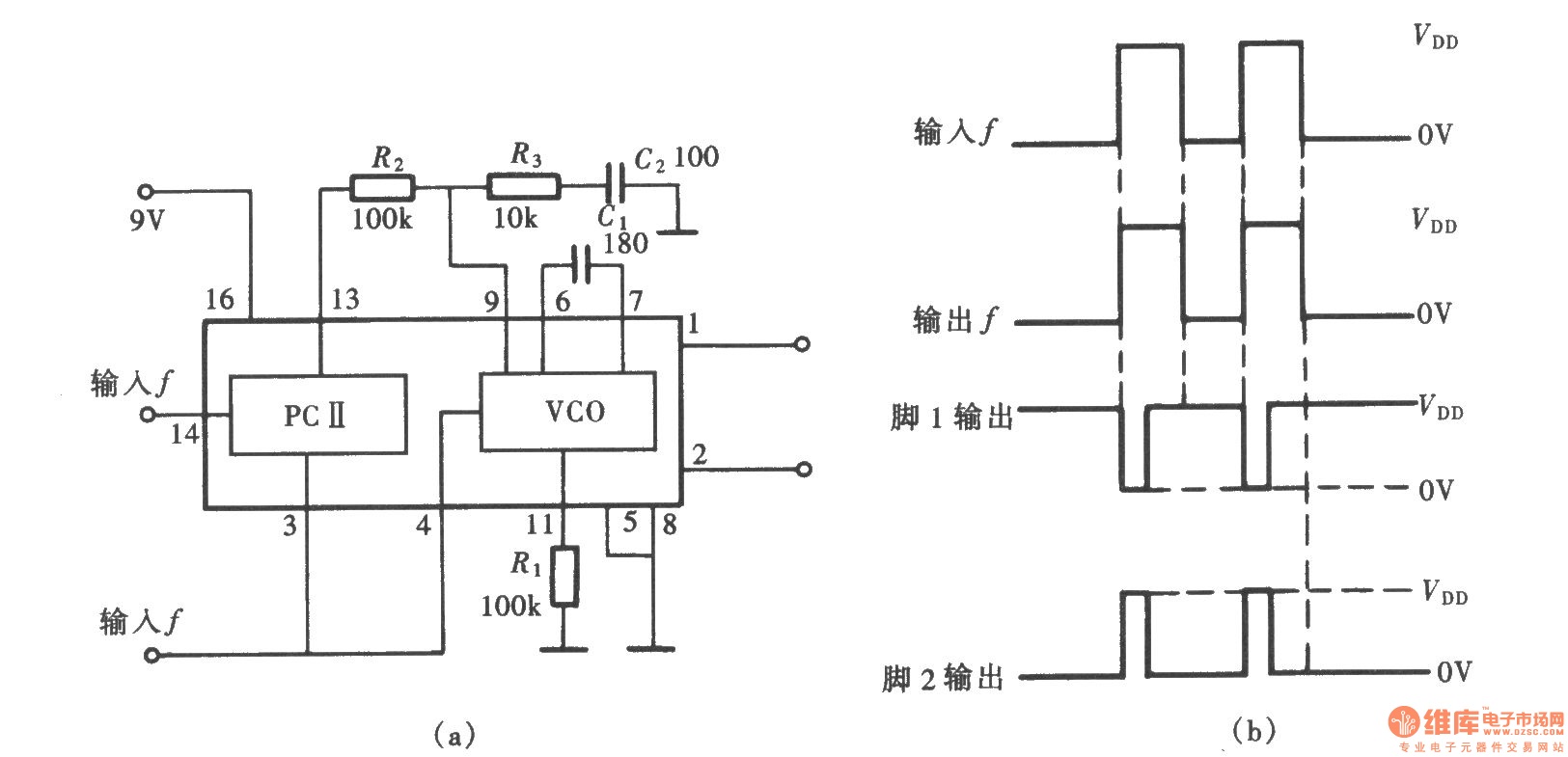
Foxhunt FM Transmitter Circuit

This 2-meter 144 MHz fox hunt transmitter is utilized in amateur competitions where participants seek to locate a concealed transmitter using primarily homebrewed receivers.
The 144 MHz fox hunt transmitter is designed for use in amateur radio competitions, commonly referred to as "fox hunting." This activity involves participants, known as "hunters," who attempt to locate a hidden transmitter, or "fox," using direction-finding techniques. The transmitter operates on the 2-meter band, which is a popular frequency range for amateur radio operators.
Key components of the transmitter may include a microcontroller to control the transmission intervals, a power amplifier to boost the signal, and an antenna optimized for 144 MHz operation. The transmitter typically emits a series of beeps or tones at regular intervals, allowing hunters to triangulate its position based on signal strength and direction.
In constructing the transmitter, careful consideration should be given to the power output, which is often limited to comply with amateur radio regulations. The circuit may also incorporate features such as a low-power mode to extend battery life and a simple user interface for setting transmission parameters.
Overall, this fox hunt transmitter serves as an engaging tool for amateur radio enthusiasts, promoting skills in radio direction finding and fostering community interaction through competitive events.This 2 meter 144 MHz fox hunt transmitter is used in amateur competitions where a hidden transmitter is to be ""hunted"" using mostly homebrewed receivers an.. 🔗 External reference
The 144 MHz fox hunt transmitter is designed for use in amateur radio competitions, commonly referred to as "fox hunting." This activity involves participants, known as "hunters," who attempt to locate a hidden transmitter, or "fox," using direction-finding techniques. The transmitter operates on the 2-meter band, which is a popular frequency range for amateur radio operators.
Key components of the transmitter may include a microcontroller to control the transmission intervals, a power amplifier to boost the signal, and an antenna optimized for 144 MHz operation. The transmitter typically emits a series of beeps or tones at regular intervals, allowing hunters to triangulate its position based on signal strength and direction.
In constructing the transmitter, careful consideration should be given to the power output, which is often limited to comply with amateur radio regulations. The circuit may also incorporate features such as a low-power mode to extend battery life and a simple user interface for setting transmission parameters.
Overall, this fox hunt transmitter serves as an engaging tool for amateur radio enthusiasts, promoting skills in radio direction finding and fostering community interaction through competitive events.This 2 meter 144 MHz fox hunt transmitter is used in amateur competitions where a hidden transmitter is to be ""hunted"" using mostly homebrewed receivers an.. 🔗 External reference





